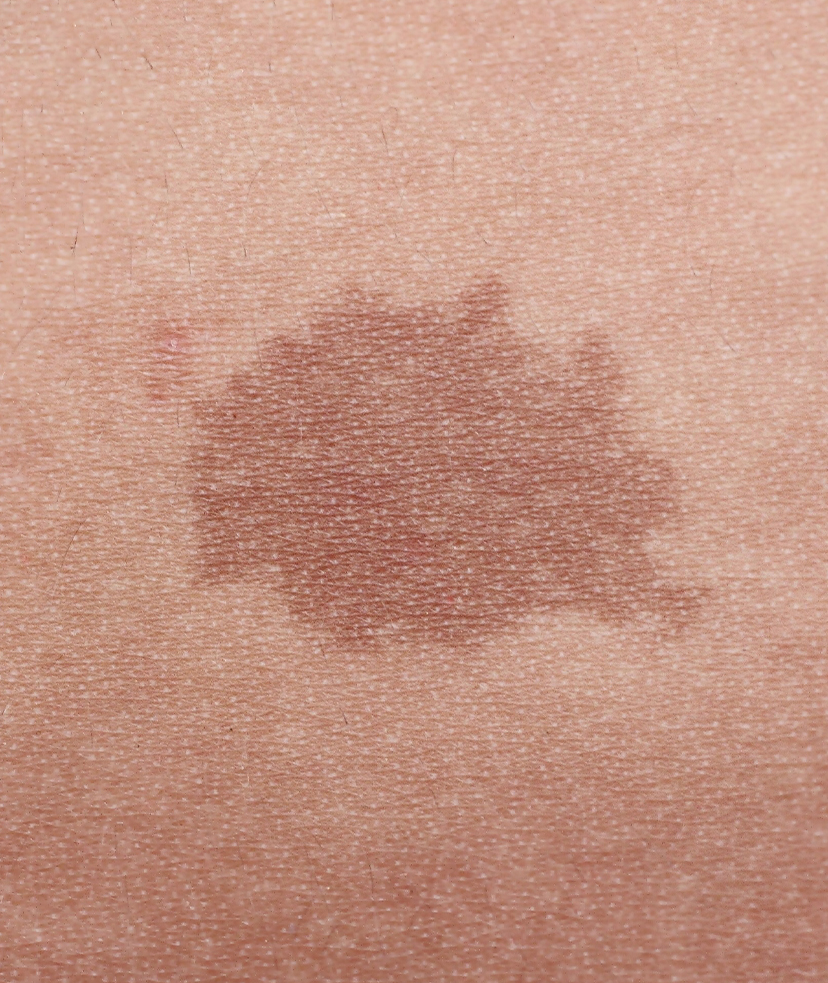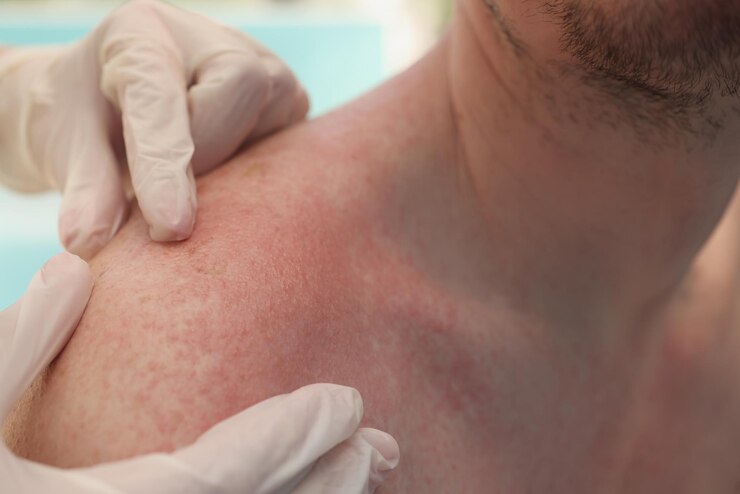Birthmarks are common skin markings that can appear in various forms, colors, and sizes. While they are often harmless, some individuals may seek removal for aesthetic or medical reasons. This guide provides an overview of the causes of birthmarks and the various Birthmarks Removal Treatment in Dubai options available.
What Are Birthmarks?
Birthmarks are colored skin lesions that can be present at birth or develop shortly after. They can be categorized into two main types: vascular and pigmented.
Types of Birthmarks
- Vascular Birthmarks: These occur due to abnormalities in blood vessels and can include:
- Hemangiomas: Raised, red marks that often appear in infancy.
- Port-wine Stains: Flat, reddish-purple marks that usually do not fade over time.
- Pigmented Birthmarks: These result from an excess of melanin in the skin and include:
- Moles (Nevi): Can be flat or raised and vary in color from brown to black.
- Café-au-lait Spots: Light brown, oval-shaped marks that may increase in number with age.

Causes of Birthmarks
The exact causes of birthmarks remain largely unknown, but they are believed to be the result of genetic and environmental factors. Some key points to consider include:
- Genetic Factors: Certain birthmarks may be hereditary, influenced by genetic predispositions.
- Developmental Factors: Vascular birthmarks are thought to arise from the abnormal formation of blood vessels during fetal development.
- Hormonal Influences: Hormonal changes during pregnancy can also affect the appearance of birthmarks in newborns.
Reasons for Birthmark Removal
While many individuals choose to embrace their birthmarks, others may consider removal for various reasons:
- Cosmetic Concerns: Birthmarks can be seen as blemishes that affect self-esteem and confidence.
- Medical Concerns: Some birthmarks may carry a risk of complications or indicate underlying health issues.
- Discomfort: Raised or protruding birthmarks may become irritated or painful, prompting removal.
Birthmark Removal Options
1. Laser Therapy
Overview: Laser treatment is one of the most effective methods for removing or reducing the appearance of birthmarks, particularly vascular ones. It targets blood vessels or pigment without damaging surrounding skin.
Types of Lasers:
- Pulsed Dye Laser (PDL): Ideal for treating red or purple vascular birthmarks.
- Q-Switched Laser: Effective for pigmented birthmarks like moles and café-au-lait spots.
Expectations: Multiple sessions may be necessary. Side effects can include redness, swelling, or temporary discoloration.
2. Surgical Excision
Overview: Surgical excision involves cutting out the birthmark and stitching the skin closed. This method is generally used for larger or raised birthmarks.
Procedure:
- Consultation: A dermatologist evaluates the birthmark.
- Anesthesia: Local anesthesia is administered for comfort during the procedure.
- Recovery: The area may require stitches, which are removed after healing.
Considerations: This method offers immediate results but may leave a scar.
3. Cryotherapy
Overview: Cryotherapy freezes the birthmark using liquid nitrogen, making it effective for superficial lesions.
Process: The freezing agent is applied directly to the birthmark, causing it to blister and eventually fall off.
Recovery: Side effects may include temporary redness and swelling.
4. Topical Treatments
Overview: Some birthmarks can be treated with topical creams containing active ingredients like hydroquinone or retinoids.
Effectiveness: These treatments tend to be less effective for larger birthmarks and may take time to show results.
5. Intense Pulsed Light (IPL) Therapy
Overview: IPL therapy uses multiple wavelengths of light to target pigmentation and blood vessels.
Expectations: Like laser therapy, multiple sessions may be needed, and side effects can include redness and swelling.
6. Dermabrasion
Overview: Dermabrasion involves mechanically exfoliating the skin's surface to treat pigmented birthmarks.
Process: The skin is numbed, and a rotating device is used to remove the top layers.
Considerations: Results can vary, and recovery may take time.
Aftercare and Recovery
After any birthmark removal treatment, proper aftercare is crucial to promote healing and prevent complications. General aftercare tips include:
- Keep the Area Clean: Gently wash the treated area with mild soap and water.
- Moisturize: Use a gentle moisturizer to keep the skin hydrated.
- Avoid Sun Exposure: Protect the treated area from sunlight, as it may be sensitive.
- Follow Professional Instructions: Adhere to specific aftercare instructions given by your dermatologist.
Consultation and Choosing the Right Option
Consultation with a Dermatologist
Consulting a qualified dermatologist is essential for determining the most appropriate removal method for your birthmark. They will assess the birthmark, discuss your medical history, and recommend suitable treatment options based on your needs and goals.
Factors to Consider
When deciding on a treatment, consider the following:
- Type and Size of Birthmark: Different treatments may be more effective for specific types.
- Desired Outcome: Discuss your goals with your dermatologist to set realistic expectations.
- Potential Risks: Understand the risks associated with each treatment option.
- Budget and Time Commitment: Some treatments require multiple sessions and may vary in cost.
Conclusion
Understanding birthmarks, their causes, and the available removal options is vital for anyone considering treatment. While many birthmarks are harmless, they can affect self-esteem and quality of life. With various effective removal methods, individuals can choose the option that best suits their needs. Always consult with a qualified dermatologist to ensure safe and effective treatment tailored to your specific situation.





Comments